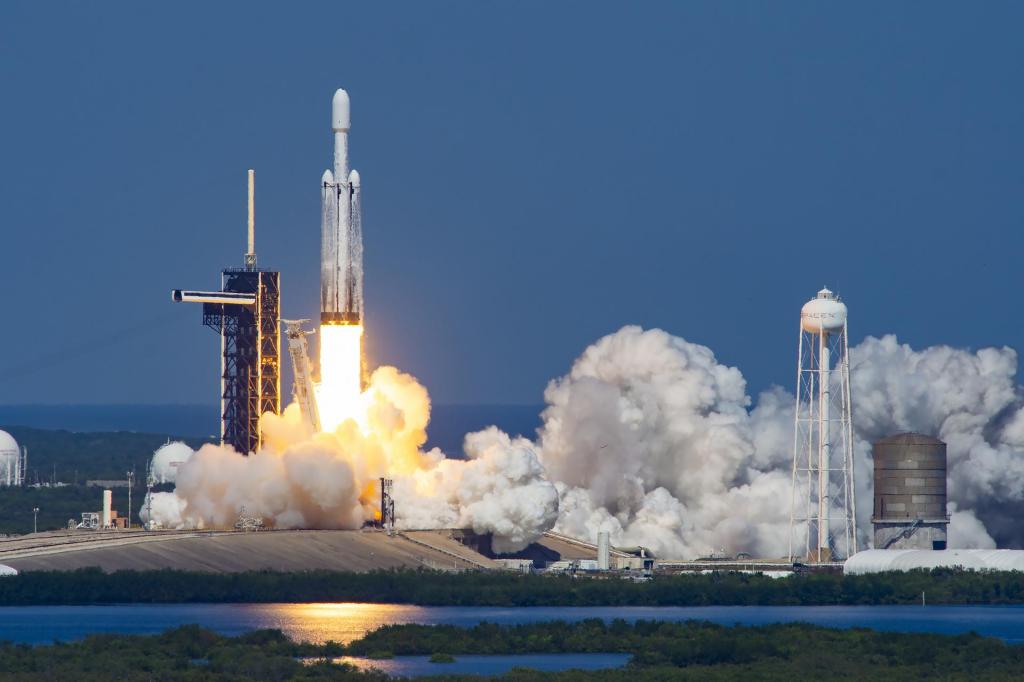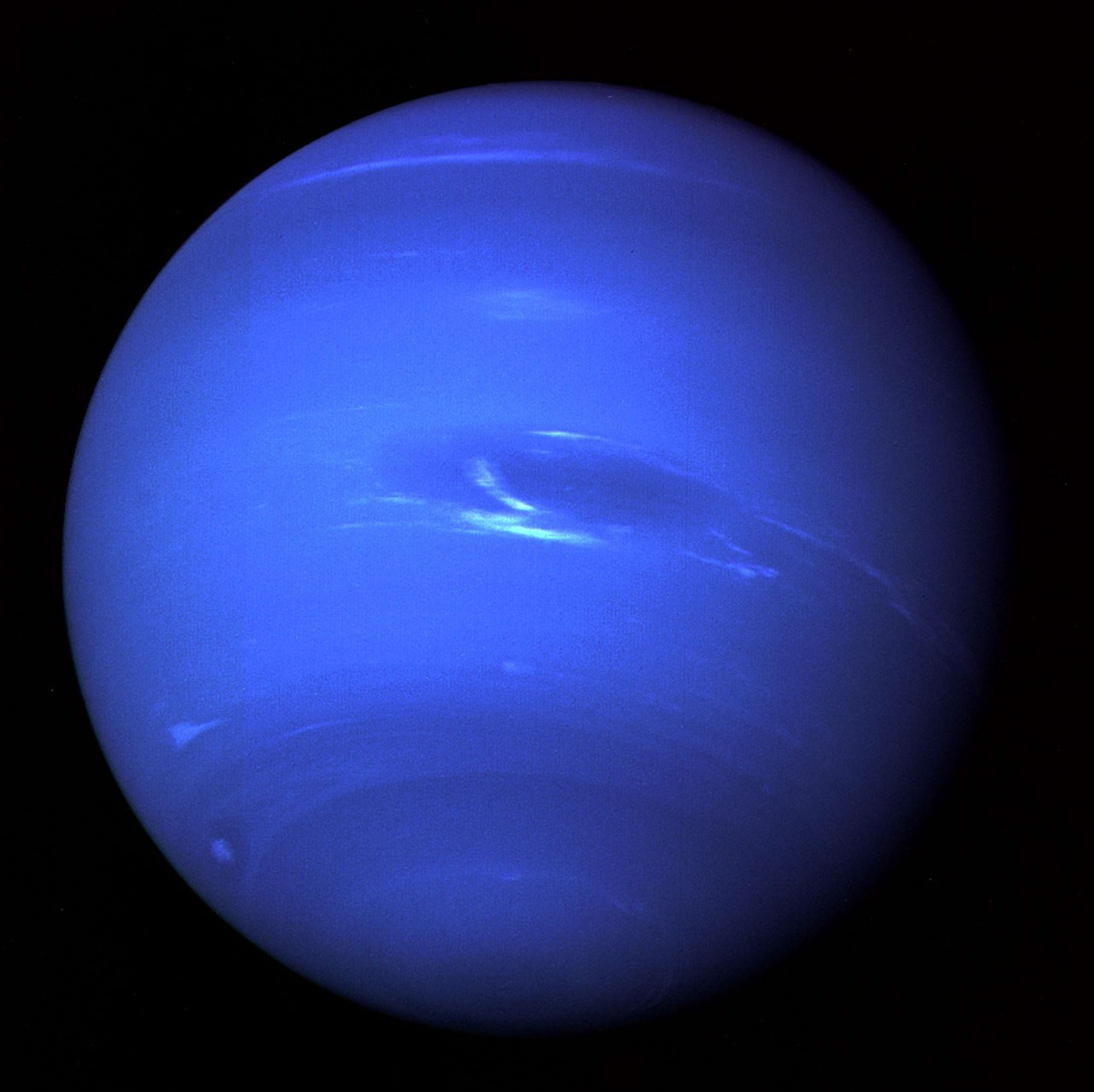
Jupiter
Jupiter is the fifth planet from the Sun, and the largest in the solar system – more than twice as massive as the other planets combined.
Facts About Jupiter
Jupiter is the largest and oldest planet in our solar system.
If Jupiter was a hollow shell, 1,000 Earths could fit inside. Jupiter has the shortest day in the solar system, taking about 9.9 hours to spin around once on its axis.

Exploring Jupiter
The first detailed observations of Jupiter were made by Galileo Galilei in 1610 with a small, homemade telescope.
More recently, this planet has been studied by orbiters, probes, and spacecraft passing by on their way to other worlds. NASA’s Juno spacecraft currently is studying the giant planet from orbit. Europa Clipper launched on Oct. 14, 2024, to study Jupiter's icy moon, Europa.

Moons of Jupiter
Jupiter has 95 moons that have been officially recognized by the International Astronomical Union.
But the number doesn't capture the complexity of the Jovian system of moons, rings and asteroids. The giant planet has thousands of small objects in its orbit.

Jupiter Resources
Explore a curated collection of Jupiter resources.
These resources include activities that can be done at home, as well as videos, animations, posters, and online interactives.


















































